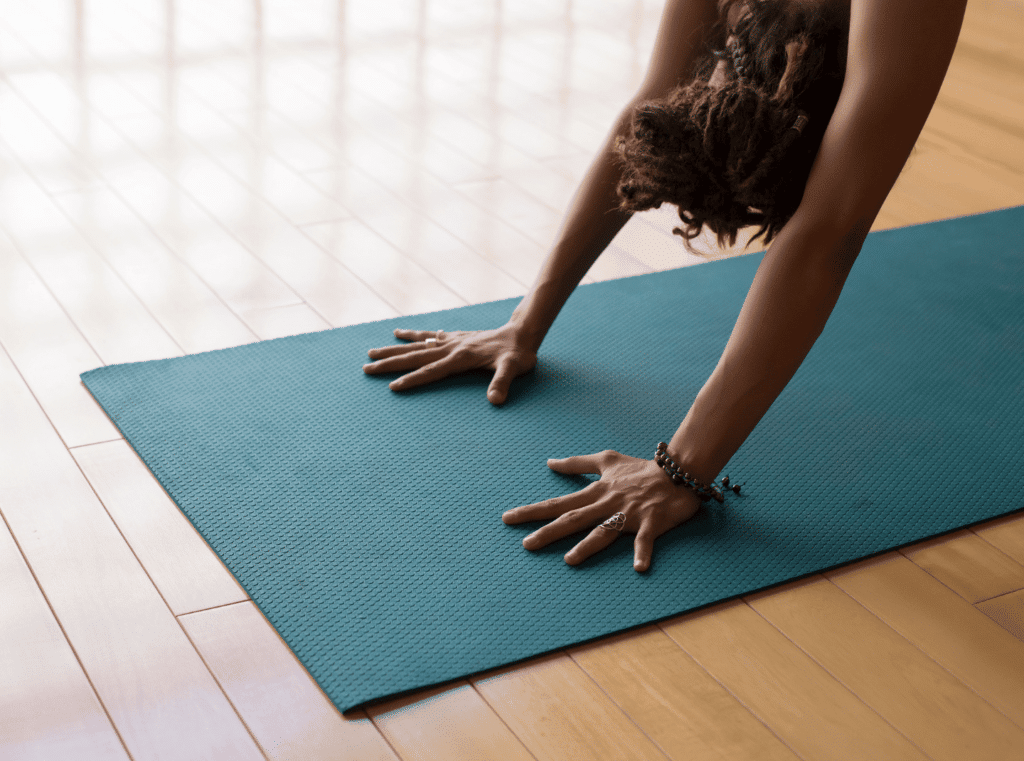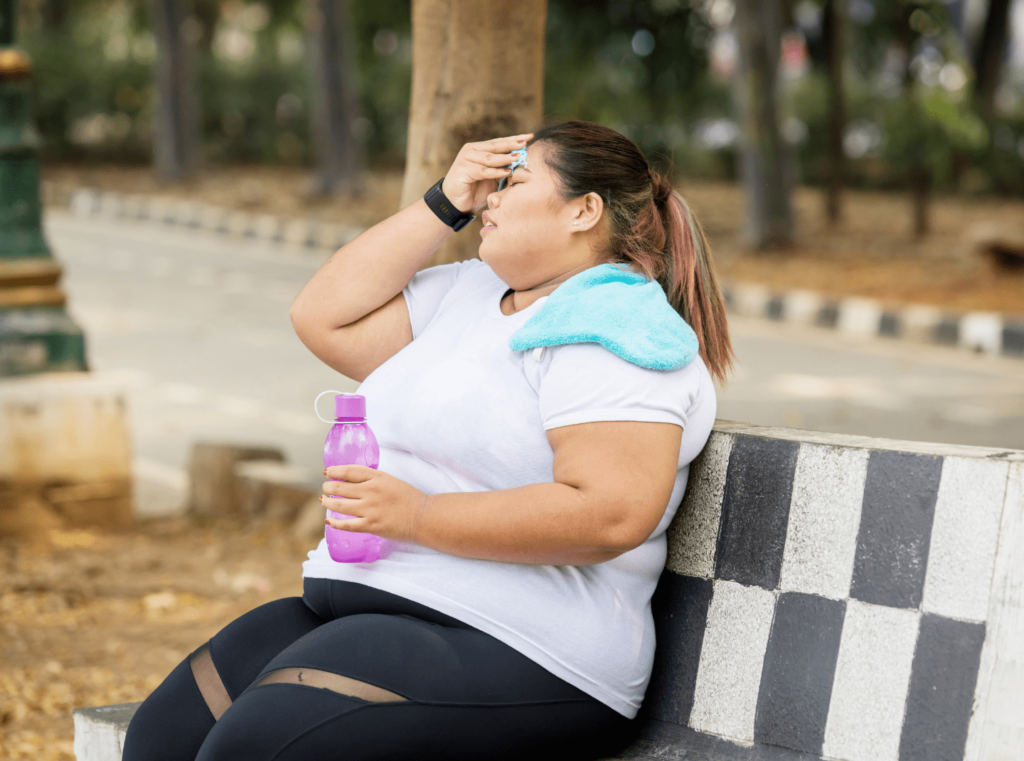Tips for getting back into exercise after moderate or mild Covid-19
Once we could say we didn’t know anyone with Covid-19, now we know family, friends, and work colleagues that have had it and most likely have caught it ourselves. The omicron variant currently sweeping through Australia and the increased transmission means more of us are struggling with the aftermath of being infected with Covid – 19.
Getting back to the exercise routine after recovering from Covid-19 will require a certain amount of restraint to make sure you don’t re-injure yourself or relapse. Experts warn against pushing yourself back to your normal exercise routine too quickly. The current data shows that even people with high levels of peak fitness and that have suffered only mild Covid-19 symptoms are being affected by exhaustion and are struggling to get active again after their illness.

The prolonged inactivity and bed rest due to fevers, aches, headaches, and night sweats can knock your energy levels and it can take a while to come back. To avoid relapsing and injury a cautious re-entry into exercise is suitable for most people but it should be individualised. If you have experienced serious complications like chest pain or myocarditis, you should make sure to consult your local doctor before resuming activity.
If you were completely asymptomatic, there is no recommendation that you wait the 7 days but even if you do feel well, just be mindful that you have tested positive and monitor closely how you are feeling.
Here is what the experts advise:
When can I start to exercise again?
No matter how mild the symptoms have been don’t just jump back in like you’re training for the Olympics! Your body needs time to recover and heal after the infection.
The general opinion among doctors and exercise physicians is to wait at least 7 days from the first day of your infection. Slowly build up as you feel up to going from bed rest to normal household activities. It might be as little as vacuuming, gentle walks, or light gardening.
Listen to your body and if you feel out of breath or exhausted, remember that you should be able to hold a full conversation while performing these tasks.
Once you feel comfortable, gradually increase the time that you spend doing these tasks and light intensity exercises. For example, start at 15 minutes and slowly increase the time and intensity till you can be exercising comfortably for 30 minutes.
A simple and effective form of exercise to get back to your fitness is yoga. Yoga has many benefits; it can support the healing process and help build up functional movements in a gentle way after you have been lying down for a long period.

When can I start to increase my fitness intensity?
You are starting to feel better and have managed the suggested light activity for a longer period. Remember the key component in continuing to build your fitness and recovery is to keep it slow and gradual!
After a week of gentle movement, start to progress to moderate exercise. Go for a long brisk walk or swimming, do this for another week.
If you are coping with this level of activity and can still hold a conversation without being out of breath then start to undertake more coordination, strength, and balance activities. For example, short sprints, circuits of bodyweight exercises, resistance bands, or light weights.
Continue to listen to your body, the exercise should not be feeling overwhelming or difficult.
Once you can complete these activities competently, you should be ready to return to your pre-Covid level of activity. It is a great idea to participate in group training sessions so you can be around other people and make sure to tell the trainer or instructor that you have just recovered from covid-19. This will help as not only will they be able to keep an eye on you, but they can also monitor your progress and will give you qualified advice on how far you should exert yourself.

Adjust your expectations and know when to stop
Recognise what you have been through and remember it all depends on the individual. Some might take weeks to get back to their pre-covid level of fitness, others might find it easier and bounce back quicker. A life coach might be useful if you are having trouble over-coming issues caused by Covid.
You will most likely feel more breathlessness than you usually do when exercising but stay alert to the return of or development of covid symptoms.
The main things to be looking out for will be abnormal levels of fatigue, racing heart, dizziness, and coughing. Monitor how you feel after one hour of exercise and how you recover the next day.
If you are experiencing any of these symptoms when getting back into physical activity, you will need to seek individualised care and support from a GP, physiotherapist, or exercise physiologist.
Make sure you continue to modify your activity to suit your recovery, if you feel you are struggling reduce the intensity or time by 10 or 20 percent.
Cut yourself some slack and adjust your fitness goals, you once trained 5 days a week, try twice a week for a while… everyone is different, and we need to gently build up our routines again.
Being physically active brings many physical and health benefits. Continue to take those small steps, move your body gently to increase oxygen and blood flow and you will be safely on your way to gaining your pre-covid fitness.